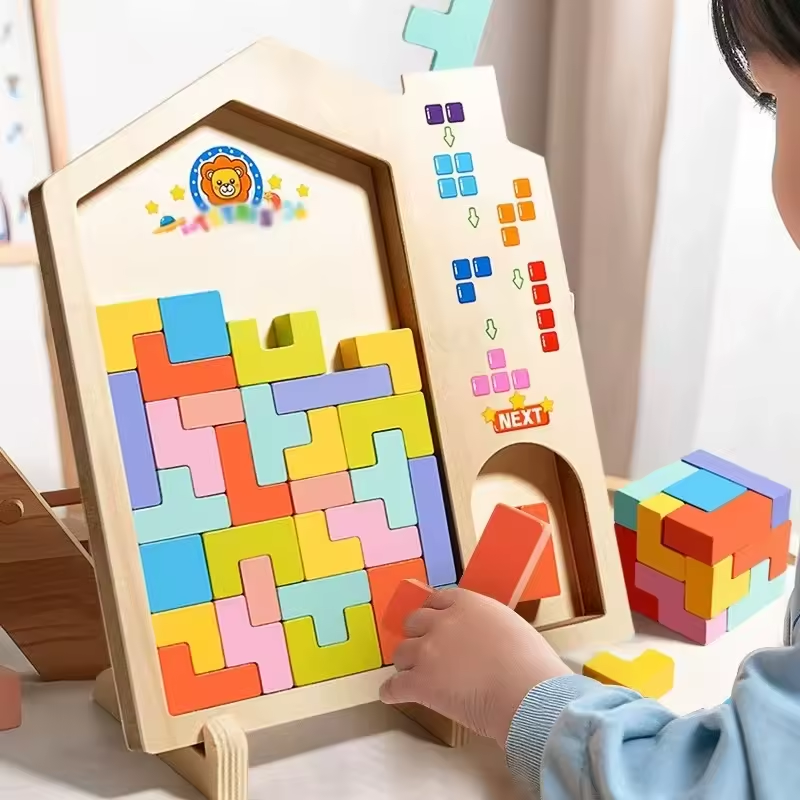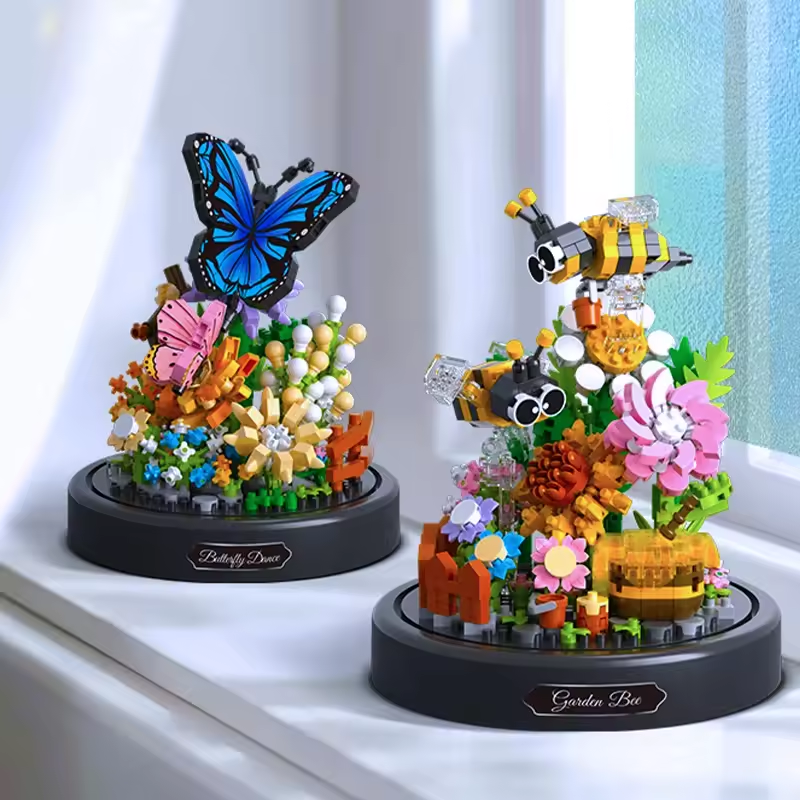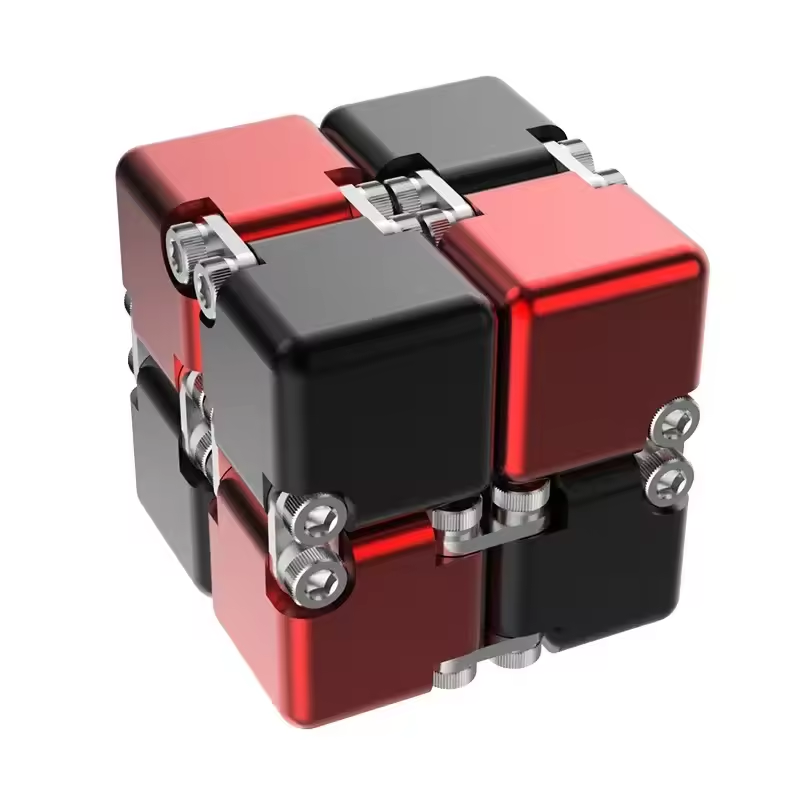Have you ever finished a board game and thought, “I could make something even better!” Well, you’re absolutely right! Creating your own board game is a fantastic way to unleash your creativity, have some fun, and end up with a personalized game you can enjoy with friends and family. This guide will walk you through the exciting process, taking your idea from concept to tabletop triumph.
Part 1: Brainstorming Your Brilliant Board Game
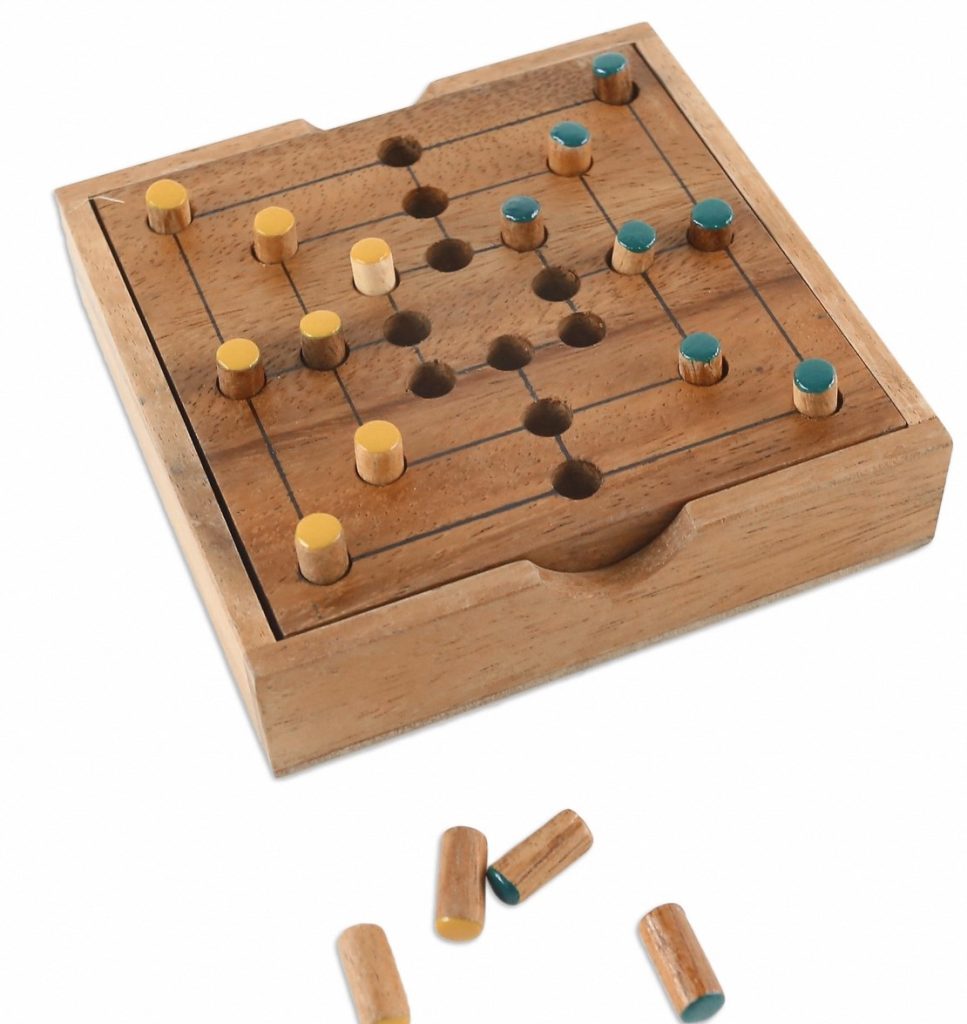
Find Your Inspiration:
When designing board games, it’s important to consider the vast array of game types and genres available. Board games come in all shapes and sizes, catering to a wide range of preferences and playstyles. Think about the types of games you enjoy playing and the elements that you find most engaging. Are you drawn to the strategic depth and competitive nature of wargames, or do you prefer the cooperative and immersive storytelling found in adventure games?
Explore the diverse spectrum of games, from classic titles like Monopoly to narrative-driven experiences such as Ticket to Ride. Consider your favorite themes and settings, whether it’s pirates, space exploration, or historical eras, as these can serve as the inspiration for creating a fantastic game setting.
By identifying your preferences and interests as a gamer, you can recognize the elements that resonate with you the most and use them as a guide for designing a board game that aligns with your personal tastes and offers a captivating experience for players who share similar preferences.
Define Your Goal:
Once you have a general idea for your board game, it’s essential to solidify the core objective to provide a clear focus for the gameplay experience. Whether it’s a race to the finish line, a resource collection challenge, or a battle against a central villain, defining the core objective early in the design process is crucial. This objective will guide your design decisions and ensure that all elements of the game contribute to a satisfying conclusion.
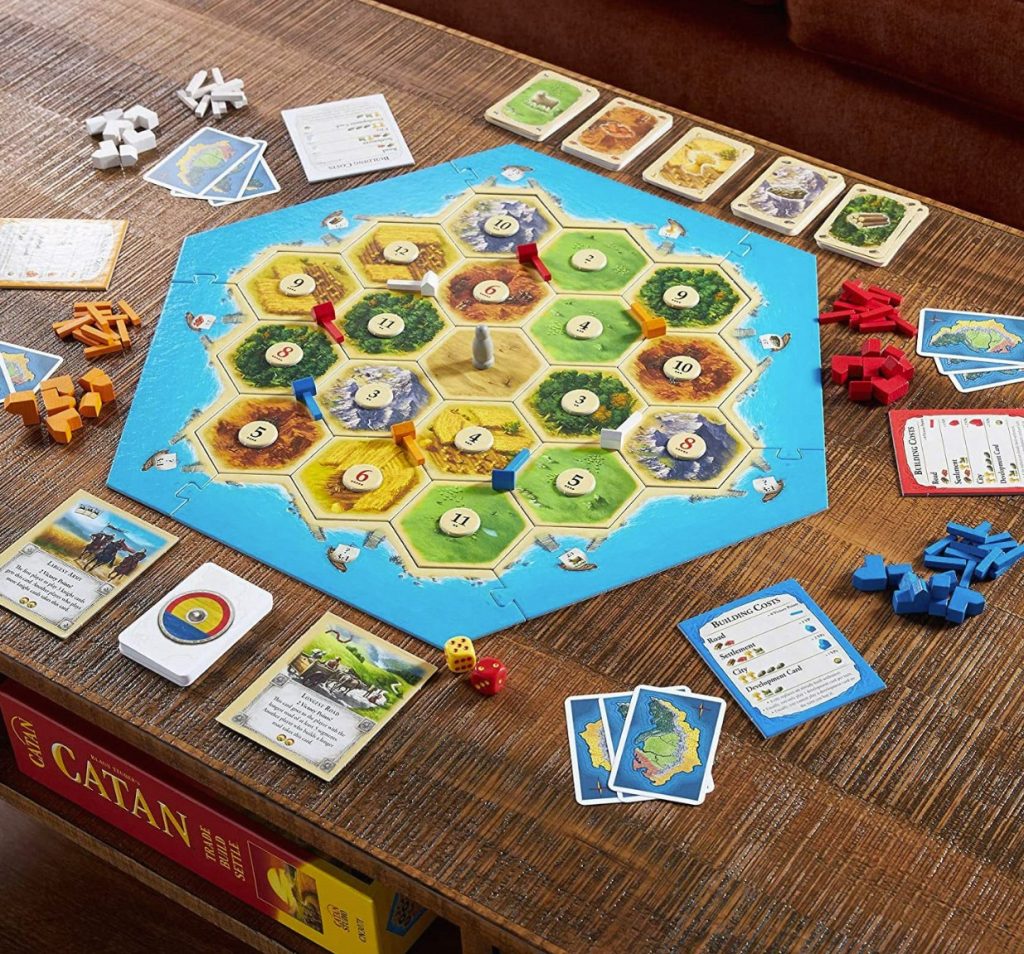
For example, if the goal is a resource collection challenge, game mechanics and components can be tailored to emphasize gathering and managing resources efficiently. On the other hand, if the objective is a battle against a central villain, the game design can revolve around building up the players’ abilities and strategic planning to confront the antagonist.
Having a well-defined core objective also helps in creating a cohesive and engaging gameplay experience, providing a clear direction for players and ensuring that the game’s elements work together harmoniously towards a satisfying conclusion.
Part 2: Building the Bedrock of Your Board Game
Craft the Playing Field:
While not all games require a physical board, for many, it acts as the central focal point of the gameplay. When designing a board game, one of the initial decisions to be made is the size and complexity of the board. Determine whether it will be a simple track, a modular board with interchangeable tiles, or a sprawling map filled with unique locations. This crucial decision will shape the overall gameplay experience and visual aesthetic.
When creating the board, various methods can be utilized, from hand-drawing on paper or cardboard to using design software for a polished and professional appearance. Consider using materials like recycled cardboard or foam core for the base, ensuring durability and affordability. These materials provide a sturdy and reliable foundation for the board, allowing for custom shapes and sizes while being environmentally friendly.
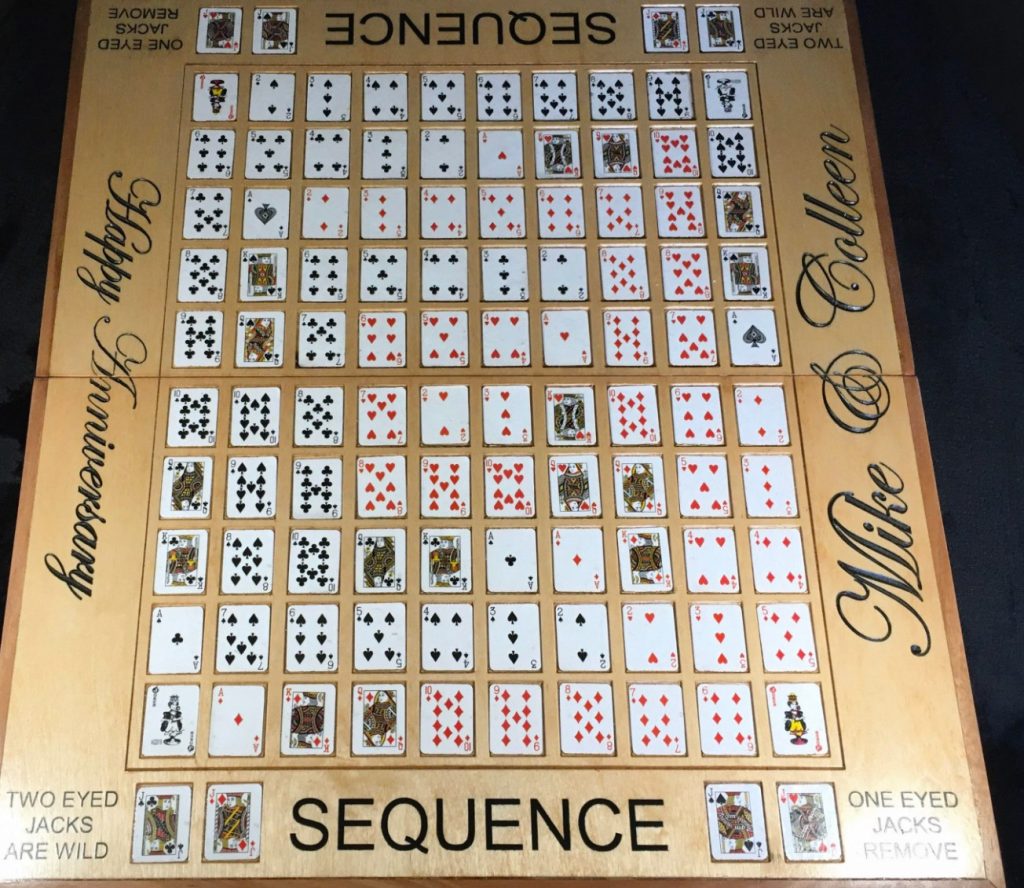
Ultimately, the board serves as the canvas for the gaming experience, and careful consideration of its size, complexity, and construction methods is essential to creating a cohesive and engaging gameplay environment.
Design Engaging Game Pieces:
The visual appeal of the game pieces is crucial in capturing the theme and immersing players in the gaming experience. Whether it’s tokens, figurines, or custom-shaped pieces, the movers on your board should reflect the theme of your game. The choice of game pieces can vary widely, from using everyday objects like buttons and bottle caps to more intricate options such as sculpted figures or custom-cut wooden pieces.
For larger quantities of identical game pieces, consider utilizing craft stamps or stencils to create uniform shapes from materials such as cardstock or felt. This will ensure a consistent and professional look for the game components. Custom-shaped pieces can add a unique flair to the game and enhance the overall aesthetic.
By carefully selecting and crafting visually appealing game pieces that align with the theme and style of the game, you can elevate the overall presentation and engagement for players, providing a more immersive and visually appealing gaming experience.
Part 3: Adding Layers of Gameplay
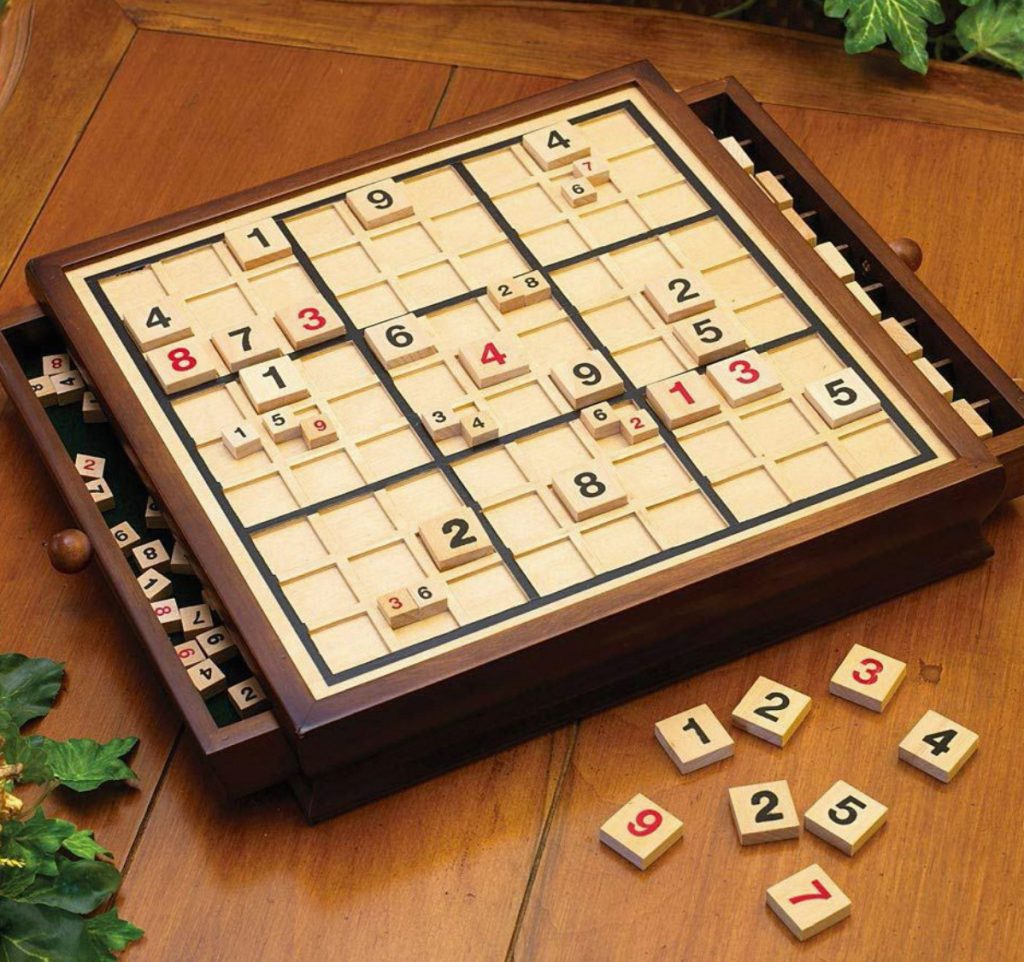
Develop a Dynamic Deck of Cards:
Cards can add a layer of chance, strategy, or special abilities to your game. Draft cards that directly influence gameplay, introduce challenges, or offer players unique power-ups. Consider using simple playing cards and marking them with symbols or text, or create your own cards from scratch with illustrations and descriptions.
Craft Compelling Rules:
Clear and concise rules are essential for a smooth and enjoyable game experience. Write your rules in a step-by-step format, outlining player turns, available actions, and how to determine a winner. It’s helpful to include visual aids like diagrams or flowcharts for complex mechanics. Playtest your game with a small group and revise the rules based on their feedback.
Part 4: Polishing Your Masterpiece
Elevate the Aesthetics:
Presentation matters! Take your game from homemade to handcrafted by adding visual flourishes. Theme-appropriate colors, fonts, and illustrations on the board, cards, and game pieces will create a cohesive and immersive experience. If you’re artistically inclined, have a go at it yourself, or enlist the help of a creative friend.
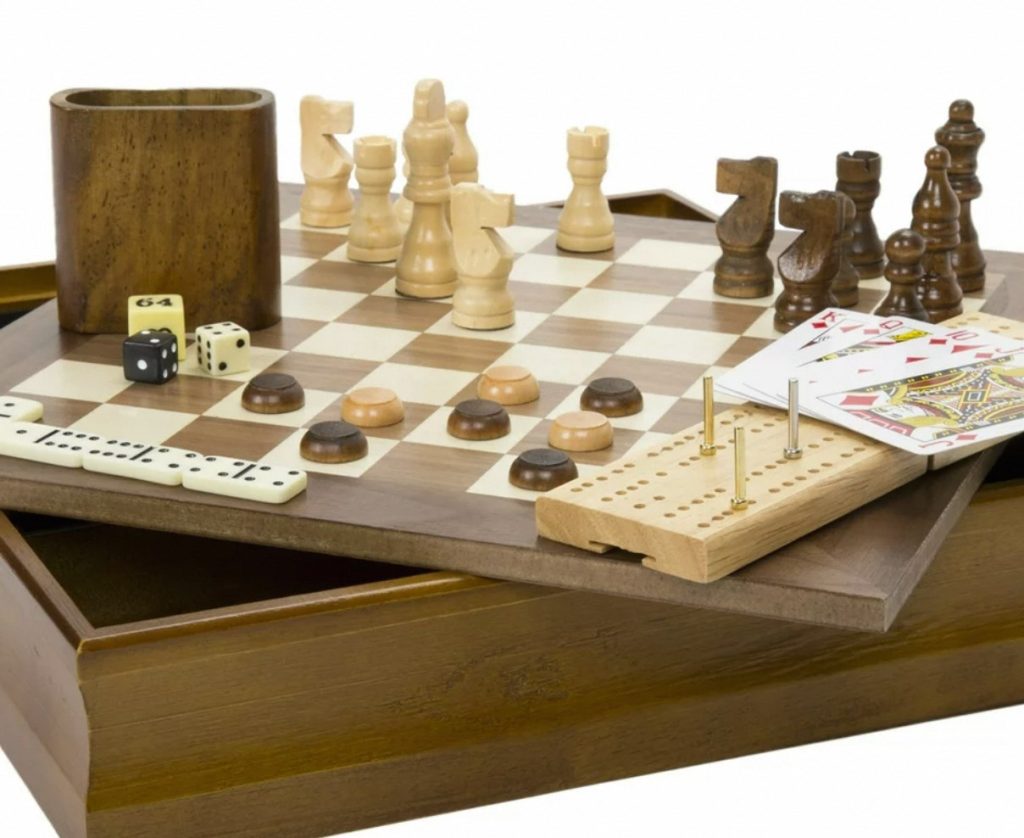
Playtest, Refine, and Release!:
The true test of your game lies in playing it! Gather a group of friends or family and have them play your game. Observe their interactions, identify any confusing rules, and adjust the difficulty or playing time as needed. Based on the feedback, refine your game until it’s polished and ready to be enjoyed by everyone.
Creating your own board game is a rewarding journey that allows you to express your creativity and share it with the world. So grab your pencils, cardboard, and a dash of imagination, and get ready to bring your board game dream to life!
